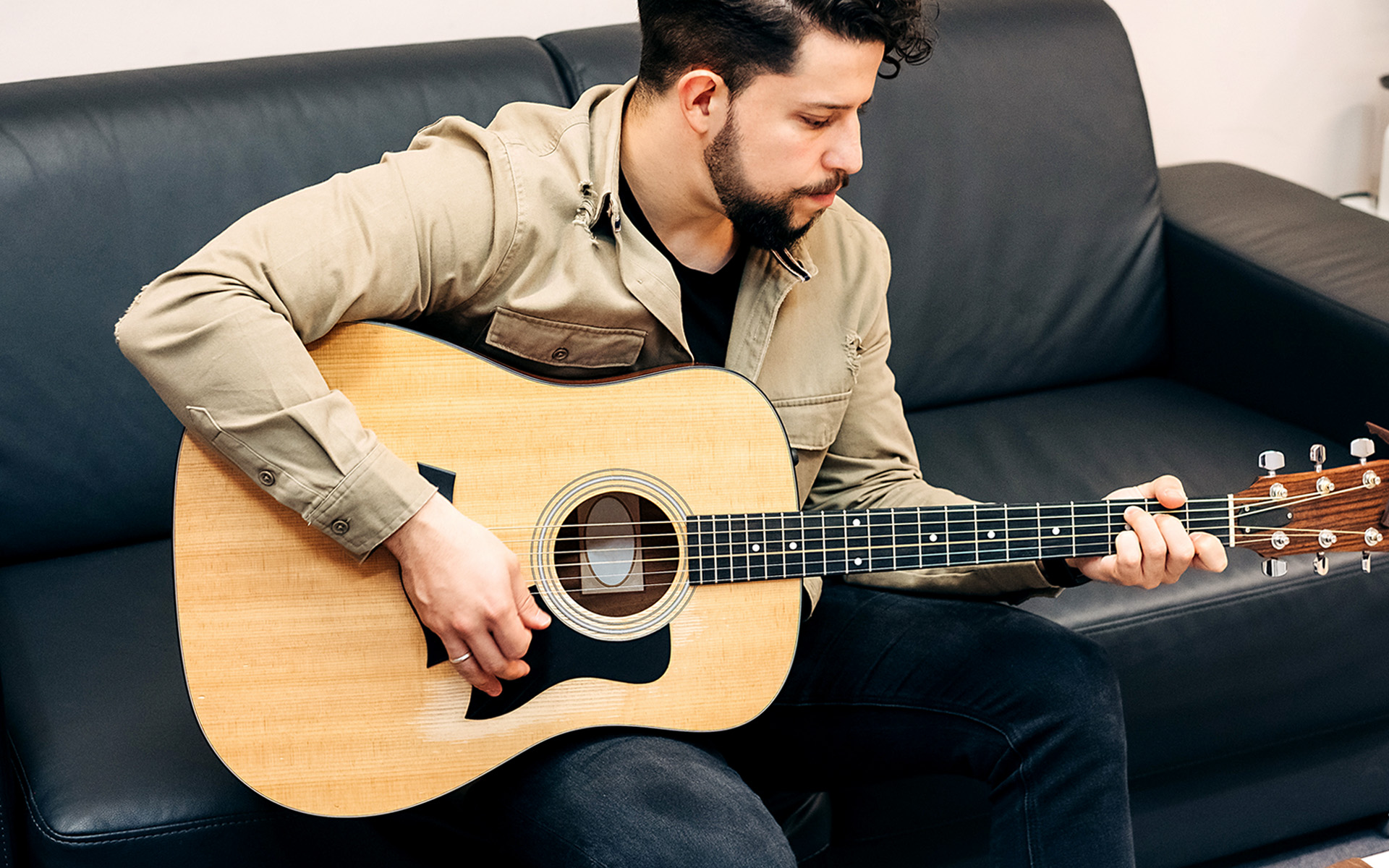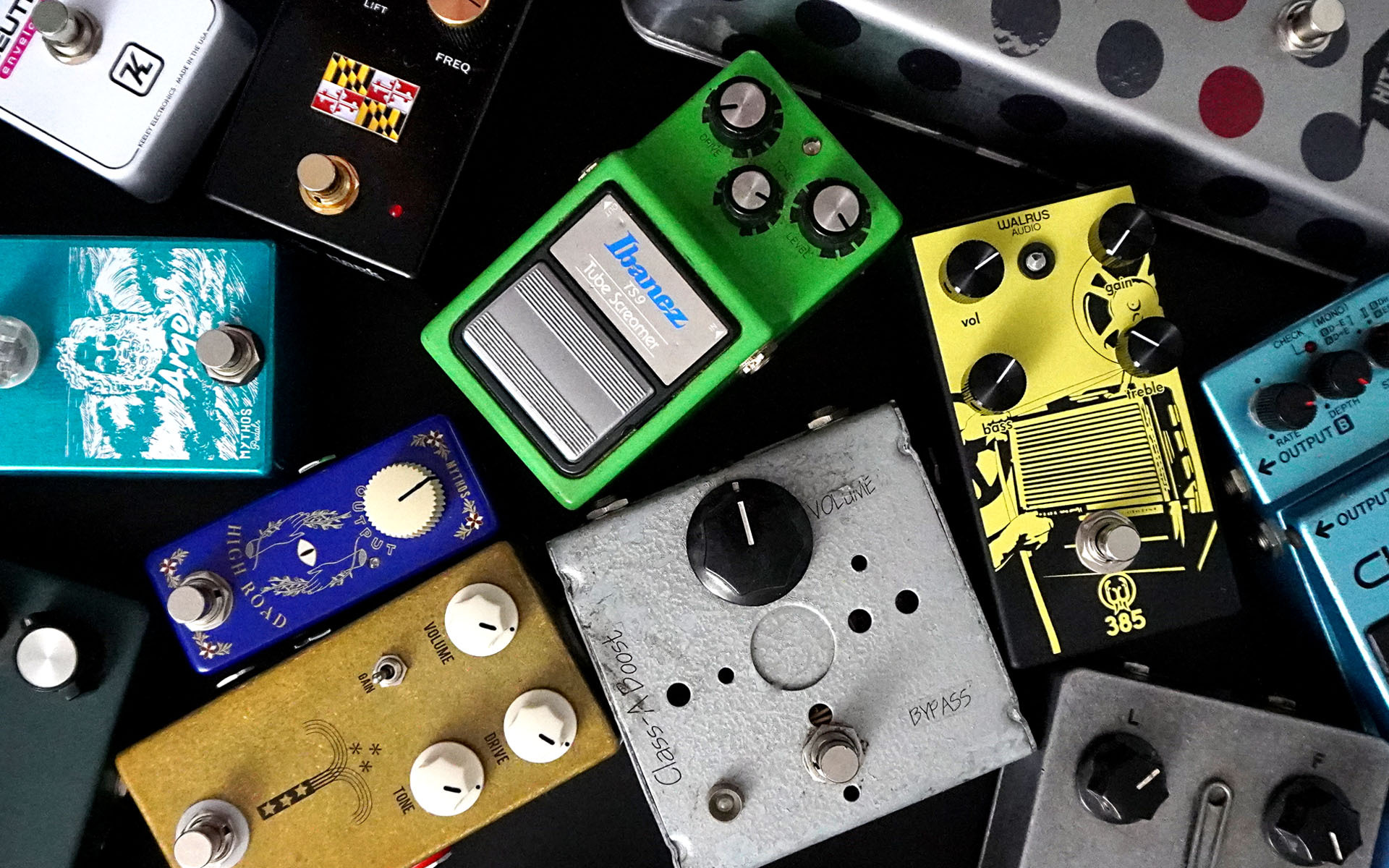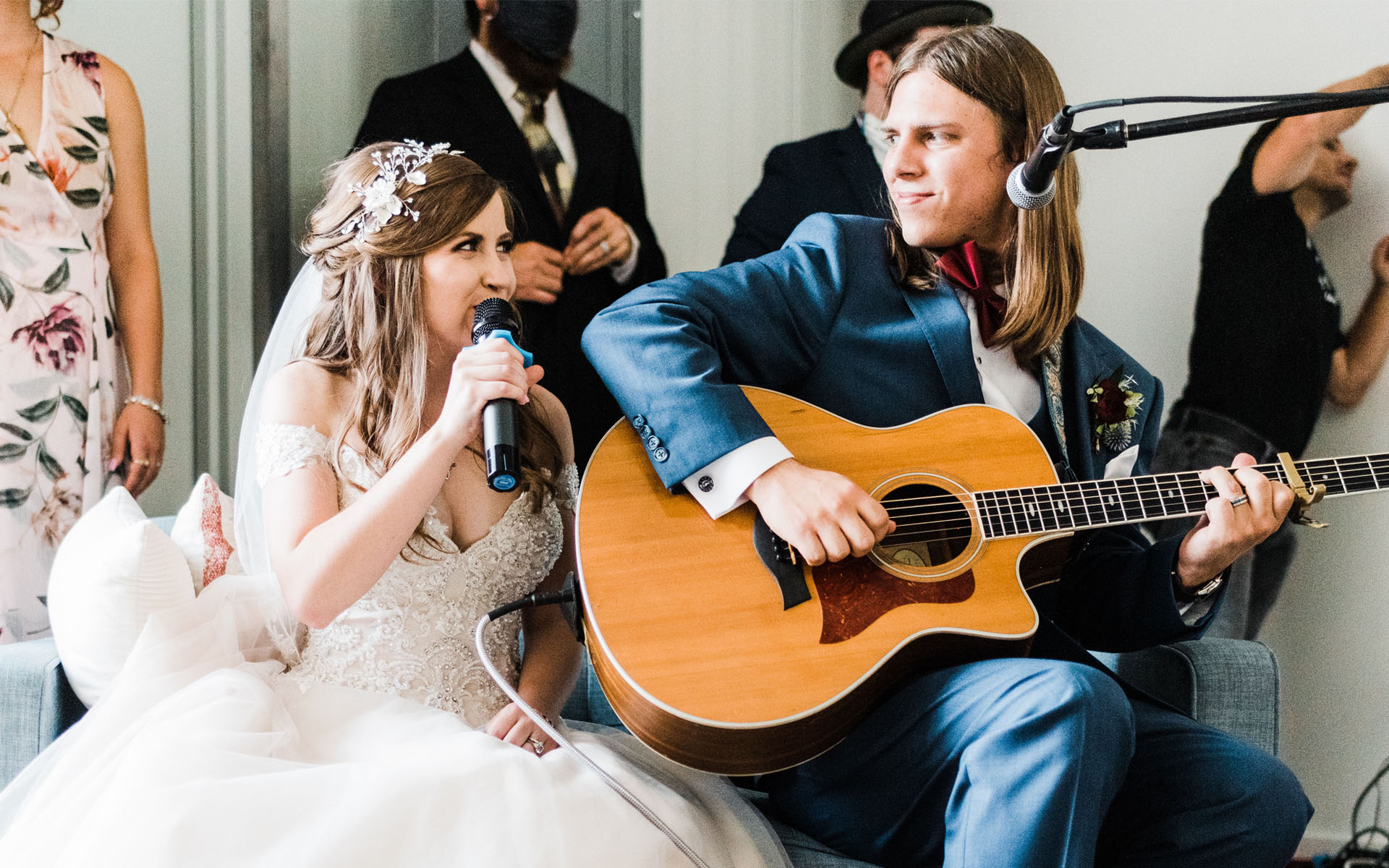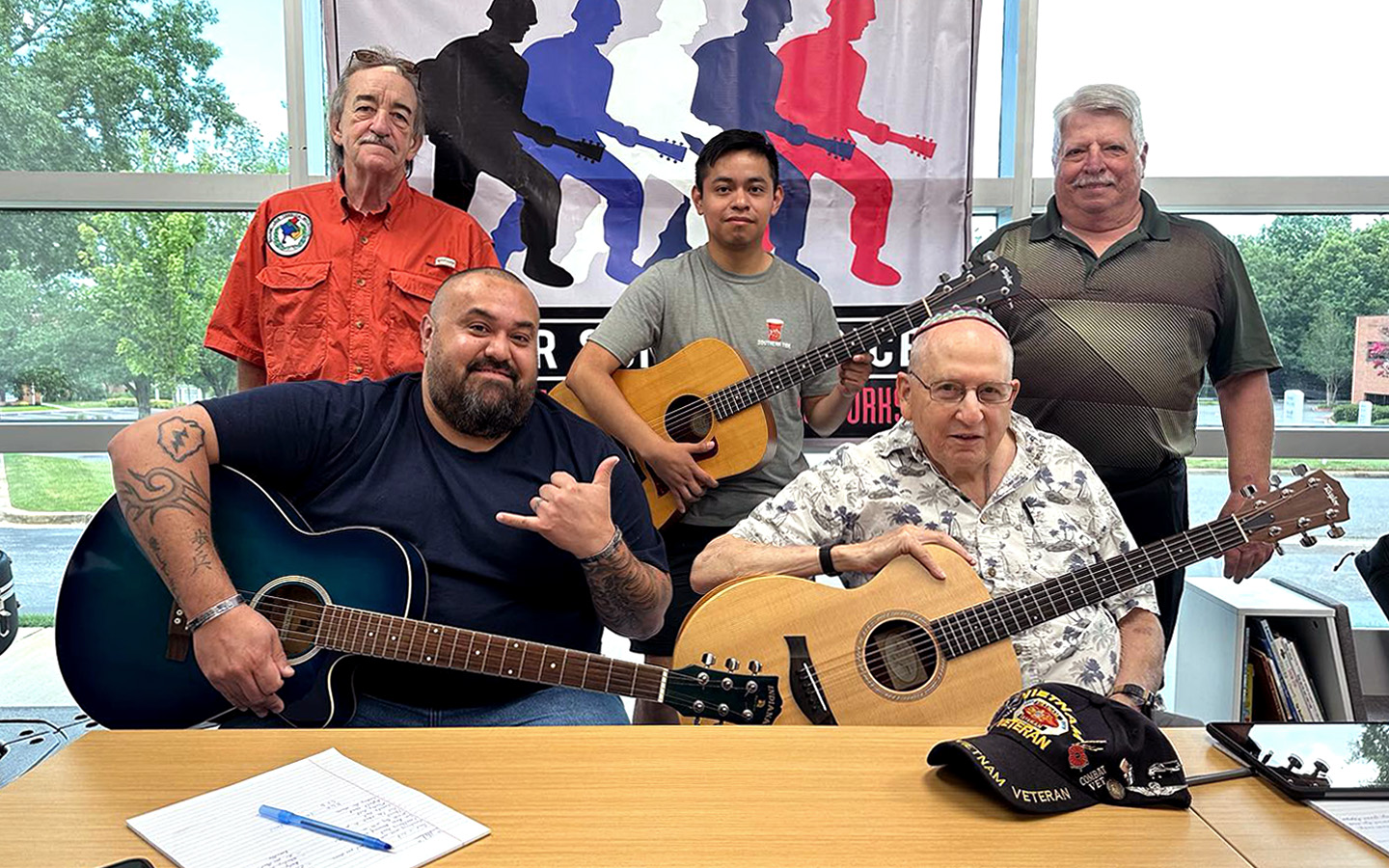As our newest creative group is about to get underway, I’m thinking about some of the frustrations they’ve expressed with their writing and how to guide them through these challenges. Some of these challenges are so pervasive, they lead many of us to put down our pens assuming we’ve reached the ceiling of what we’re able to create. Without guidance to move through these challenges, it’s hard to know what to do to get that inspiration back again. A few frustrations I hear frequently are:
- Difficulty finishing songs
- Fading enthusiasm as we lose momentum with an idea
- A clouded lyric with too many ideas, lacking focus
I’d like to address these problems with some tips for working through them, and also refer to the online courses that can help.
Part of the reason why we don’t finish songs is because we lose interest after the inspiration fades. The inspiration fades because we begin to second-guess our initial ideas. It is good to hold our ideas up to the light and inspect them for their value, but, this tendency to edit while still in the brainstorming phase usually results in no idea being good enough.
The Berklee Online courses Commercial Songwriting Techniques and Lyric Writing: Tools and Strategies are courses built on a foundation of object writing. This initial outpouring of inspiration is expressed through sensory language, which is the brainstorming phrase of the writing process. In order to allow inspiration to graze freely, we must not judge what comes out at this stage in the process. Do not criticize, compare, predict, or hope in what the resulting song might become. Simply write about the moment or the object using sensory language, and enjoy fully immersing yourself in the richness of that scene.
After the object or destination writing phrase, we may move into a more critical phrase of putting the lyric together. In Commercial Songwriting Techniques, I encourage my students to use a process of sifting through their destination writing for rhymes, and lifting lines directly into their lyric using a process called ‘Toggling.’ The process is meant to quicken the writing process, and ensure that the ideas we generated while in the inspired creative-writing phrase make it into the actual lyric. However you choose to create your lyric, harness all the powerful writing that waits on the page of your object writing instead of starting all over with a blank page.
Another way we writers fall out of love with our songs is we pick them apart to death. Taking less time but going with our first impressions keeps us objective, if only for a moment. We can always gain that objectivity back a bit by walking away and coming back after a few hours or days. But in the moment, trust your initial impressions and go with them. Aim to have a song completed in a single writing session, perhaps two verses and a chorus. Another great technique is to have several songs going at once. After losing your initial momentum, which for me is after about 20-30 minutes, switch over to another song idea you’re working on. This way, you won’t hang all your dreams on just one song idea, only to watch it die a slow and miserable death as some of our ideas tend to do.
The same goes for deciding on a main idea for the song. The Berklee Online course Writing From The Title discusses how to build a song lyric from a title idea. Titles can be found by sifting through our sensory writing for phrases or words that seem title-worthy. The title can have much more impact if placed in the power positions of the chorus, the first line, and the last line, and sometimes repeated in the middle. This helps to focus the lyric, and if you suffer from long and wordy choruses, this technique of placing the title right up front will force you to get to the point. A good technique I like to use is asking myself ‘what am I really trying to say?’ and paying close attention to the words that come out. Record them, write them down, and consider using them or a part of them as your actual title and chorus lines.
The thin red line throughout all these techniques is trusting your first impression, and trusting the words that come out of your mouth when you’re not trying to write good lyrics. Remember, lyric writing is more like having a conversation with your audience. When you tell a story, you start with the details. ‘Last night, I was waiting by the window for my boyfriend to drive up, when the TV flashed a scene about a car crash on route 52…and for a moment I felt how fleeting this moment is. I sighed in relief when his headlights pulled in the drive, and for some reason, I just let go of my worries for the night. I wish I could bottle up that feeling….and I wouldn’t worry another day of my life.’ In this small story, the sensory details came first, and the summarizing statements came later. Use the same organization for your lyrics, letting sensory detail fill up the verses to set the stage, and summarizing statements build the chorus. Pick your title and place it right up front, for instance, ‘another day of my life.’ Throw in some good recoloration of the title, such as moving from ‘I used to put off things that matter for another day of my life,’ to ’I won’t worry another day of my life.’ Then set the lyric aside and begin working on another.
As Pat Pattison says, 90% of what we write won’t be our best 10%. For me, the less time I spend writing and rewriting my 90%, the faster I get to my best 10%.
Happy writing,
Andrea Stolpe
STUDY SONGWRITING ONLINE WITH BERKLEE












